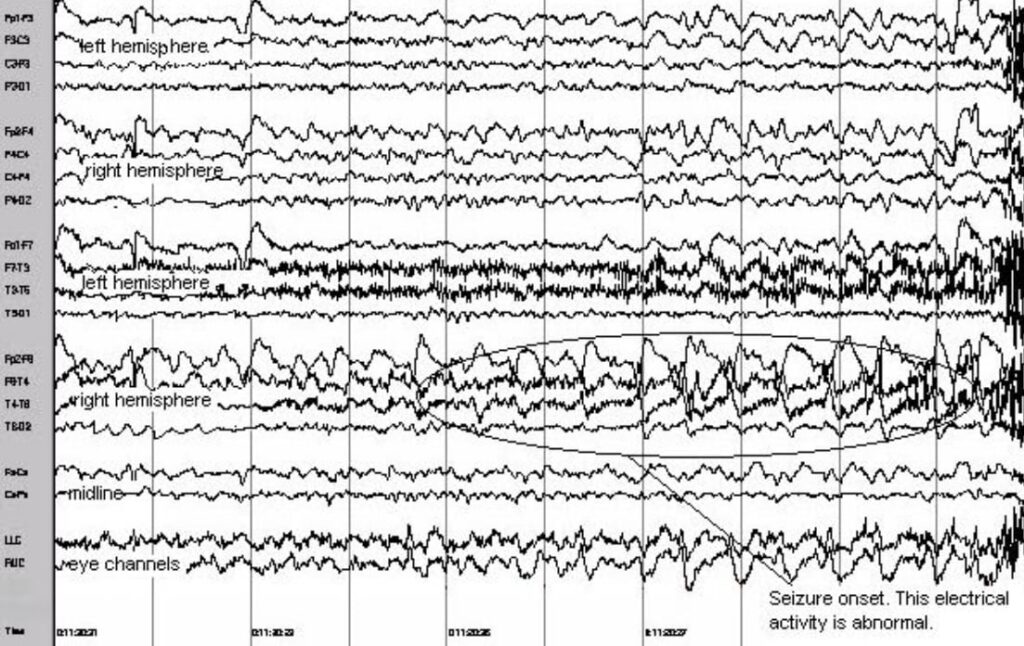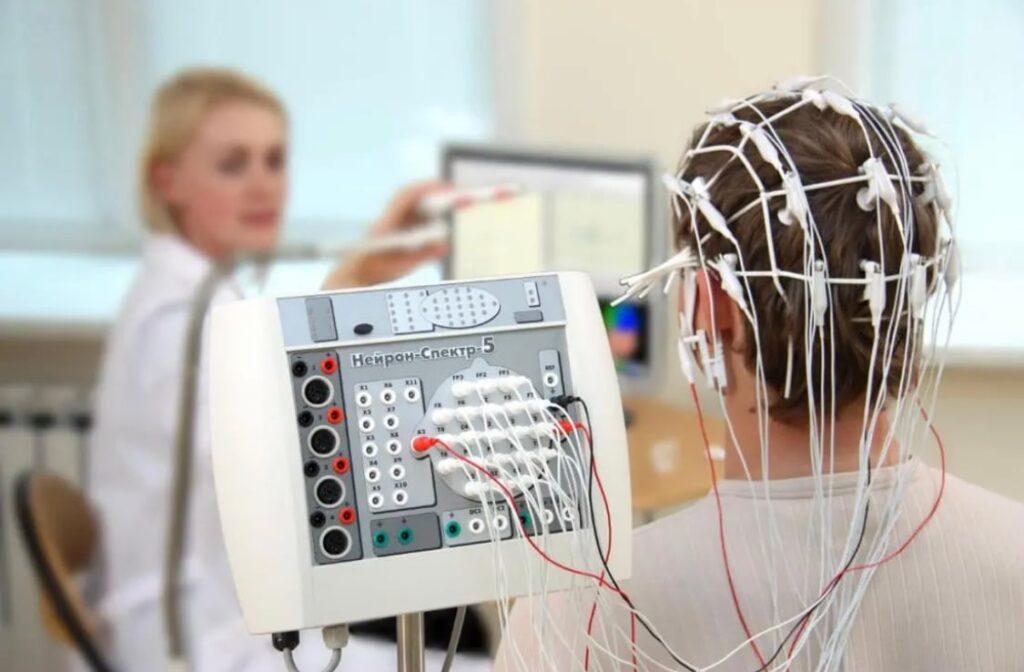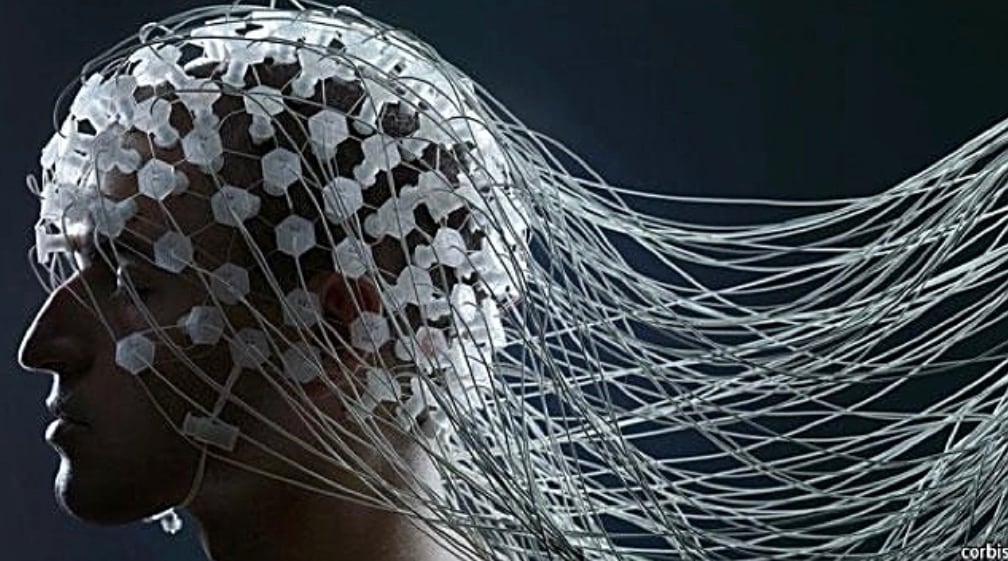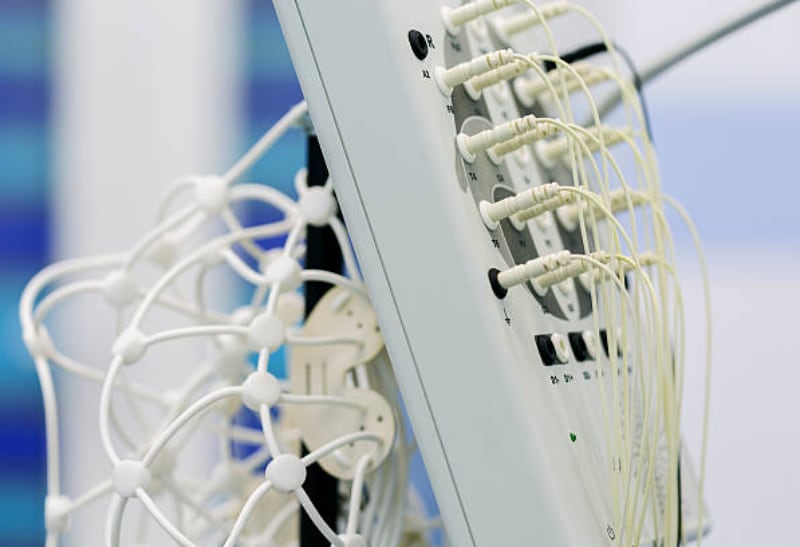How Does an EEG Work?
During an EEG, small metal discs called electrodes are attached to the scalp with a special adhesive. These electrodes detect the electrical activity of the brain and transmit the signals to a computer, where they are recorded and analysed. The patient may be asked to perform certain tasks or activities during the test to help the doctor evaluate brain function.




